(2480 products available)



























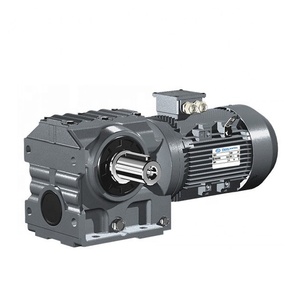



































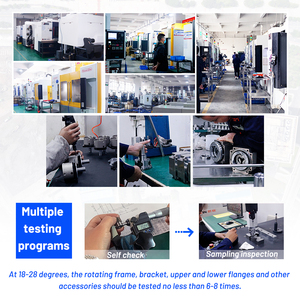












































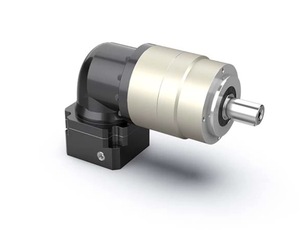










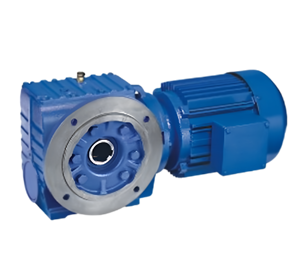






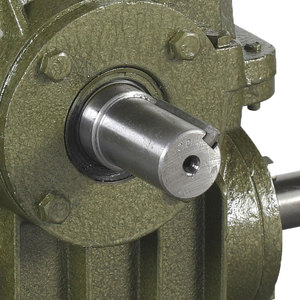































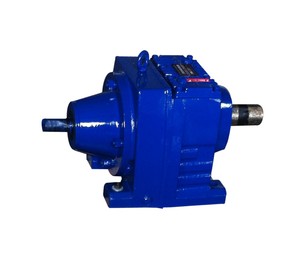










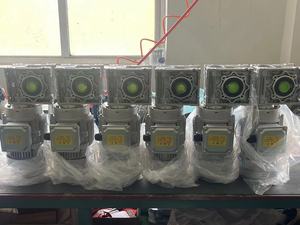


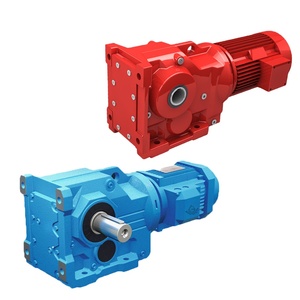

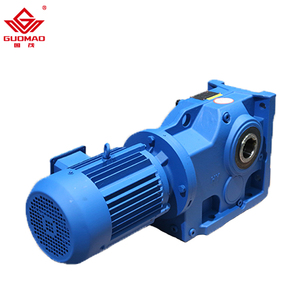

































Helical output reducers play a crucial role in industrial gear systems. They help improve efficiency by decreasing energy loss.
These helical gear reducers come in various types and configurations, optimizing torque and speed for different applications. The main reducer types include:
Inline Helical Output Reducers
Inline helical output reducers feature a compact design. This helps them easily integrate into existing systems. In this type, the input and output shafts are aligned. This alignment ensures a direct connection with minimal space usage. These reducers are commonly used in packaging machinery, conveyors, and robotics.
Right Angle Helical Output Reducers
Unlike inline reducers, right-angle helical output reducers have input and output shafts set at 90-degree angles to each other. This type of gear is used when space is limited, and a change in shaft orientation is needed. Machines that require compact designs and strong torque, like elevators and heavy mixers, often use these reducers.
Single Stage Helical Output Reducers
As the name suggests, single-stage helical output reducers use only one pair of helical gears to reduce speed and increase torque. These reducers are applied in low to medium-torque operations for simple gear reductions. For example, in printing machines, single-stage reducers are ideal for providing smooth and efficient power transmission.
Multi-Stage Helical Output Reducers
Multi-stage helical output reducers combine several gear sets to achieve higher reduction ratios. This type is suitable for medium to high-torque applications requiring more significant speed reduction. Multi-stage reducers are commonly found in mining equipment, extruders, and large compressors. They also provide greater torque output while maintaining efficiency.
Power Transmission in Heavy Machinery
Helical output reducers help reduce input motor speeds. They also increase output torque to provide efficient power transmission from motors to heavy machinery in industrial applications. The gear systems then convert high-speed, low-torque motor power into low-speed, high-torque power, suitable for heavy machinery operations.
Mixers and Agitators
Helical output reducers are an important part of mixers and agitators used to blend materials in chemical, food, and construction industries. The smooth operation of helical gears helps provide a consistent mixing action without creating too much vibration. This reduces energy loss during the mixing process. Multi-stage reducers enable the mixer to work at various speeds, thus providing versatility when mixing different materials.
Robotic Arms
Robotic arms in manufacturing and assembly lines use helical output reducers to control movement precisely. The reducer translates the motor's rotational movement into the slow, controlled movements required by robotic joints and grips. Helical output reducers provide smooth motion by reducing backlash in the gear system. This makes the robotic arm capable of delicate operations like handling small components or performing precise assembly tasks in electronic or medical product manufacturing.
Conveyor Systems
Conveyor systems used in warehouses, mining operations, and manufacturing plants rely on helical output reducers to drive their belts and rollers. This reducer provides the necessary torque to move heavy loads over long distances. It also helps the conveyor operate smoothly at controlled speeds. The helical gears reduce energy loss due to friction, resulting in increased efficiency. This also makes the conveyor system able to transport items like packaged goods in warehouses or raw materials in mining.
Wind Turbines
Wind turbines convert kinetic wind energy into electrical energy. They use helical output reducers to help in this process. The reducers connect the high-speed rotor to the low-speed generator. This helps increase the torque applied to the generator to produce electricity. For efficient energy capture from varying wind conditions, the helical gear provides smooth power transmission while minimizing energy loss.
Mining Equipment
Mining equipment such as drills, crushers, and slurry pumps relies on helical output reducers to handle the extreme torques and loads encountered in underground operations. The rugged durability of these gear systems enable them to provide the necessary force to power large machinery, breaking ore apart and moving heavy loads. The efficient power transmission capabilities of helical output reducers help miners increase productivity and reduce energy costs.
Material Selection Determines Durability
Quality helical output reducers use premium, strong steel alloys to make materials that can resist deformation and wear when used for mechanical applications. Using these strong materials ensures that the reducer can handle heavy loads and high torque without weakening or breaking.
Precision Manufacturing Ensures Performance
High-quality helical output reel gear reducers go through precision machining. This step ensures the gears have a perfect shape and the helical teeth are cut with a consistent angle. Such manufacturing processes ensure that the gears mesh smoothly. This also enables them to provide efficient power transmission. This results in lower vibration and noise levels during operation, thus enhancing the performance of the reducer.
Superior Heat Treatment Increases Gear Life
High-quality helical output reducers undergo heat treatment processes, like quenching and tempering. These processes enhance the hardness and toughness of the surface of the helical gears. They also help improve the gear's overall life. This is because the surface becomes resistant to wear, while the core maintains toughness for impact resistance.
Smooth Operation from Precision Bearings
These reducers feature premium-quality deep-groove or tapered roller bearings. They ensure the output shaft rotates smoothly with minimal friction.
Output Shaft Locking Key Safety Measures
This locking key helps in securing the output shaft. The locking key also makes sure that there is no unwanted movement or disengagement of the output shaft during operation. It is important to inspect the locking key regularly for signs of wear or damage. Replace it immediately if it is worn out or damaged, as a faulty locking key could lead to serious safety hazards.
Safety Shields as Protectors
Safety shields are an important part of a helical output reducer. They protect the internal components and moving parts from external contaminants like dust, debris, or water ingress. Safety shields also help protect workers from coming into contact with dangerous moving parts. Regularly check the safety shields for damage or looseness, and replace or repair them to ensure they continue to provide adequate protection.
Load Limits Knowings Prevent Equipment Failure
These helical output gear reducers have specific maximum load capacity that reduces the gears so they can not be overworked. Overloading a reducer can cause it to have mechanical failure resulting in damage to the connected equipment. Always ensure that the load does not surpass the recommended capacity of the reducer. This helps prevent accidents and injuries that come with equipment failure.
Helical output reducers have helical gears that slant and gradually slope. This makes them easier to drive and smoother to use. While other gear types, like spur gears, look flat and simple, helical gears work better for heavy-duty jobs. They can take on higher loads and spin more quietly.
Yes, they can. They will maintain their integrity even at high temperatures, level by using strong materials like steel alloy. Some will also have a special coating to help protect them from too much heat. However, constant checks and proper lubrication will help maintain its operating conditions.
Yes, they do. Most modern helical gear reducers will have a special design that makes it easier to clean or change the lubricant. Some even have ways to easily check for wear or damage without disassembling the whole thing. This makes keeping them in good shape less of a hassle.
Inspect the helical output reducer periodically, depending on the working condition it is subjected to. Some may need daily checks, while others can go weeks or even months between inspections. Just watch for signs of any wear, tear, or overheating, and check the lubricant often.
Manufacturers make them out of steel alloys due to their strength. Some will also have a coating of other strong materials like chromium to protect them from wear and tear. A few fancy ones even use special metals geared toward space or high-tech jobs.